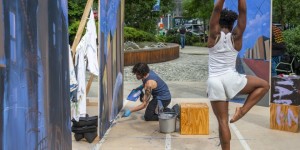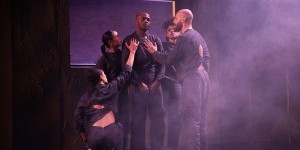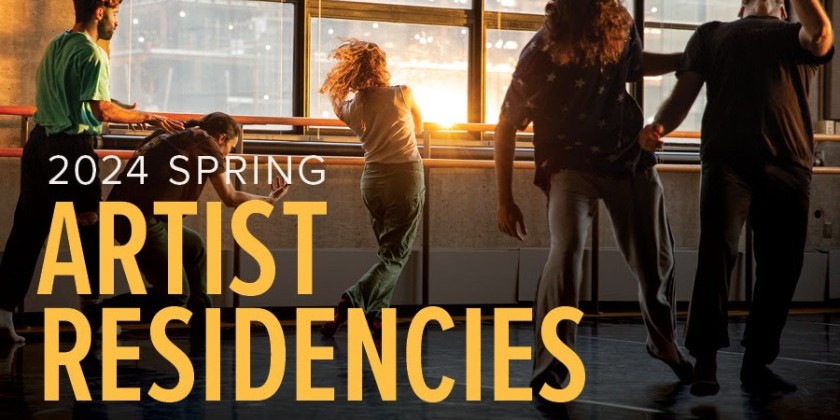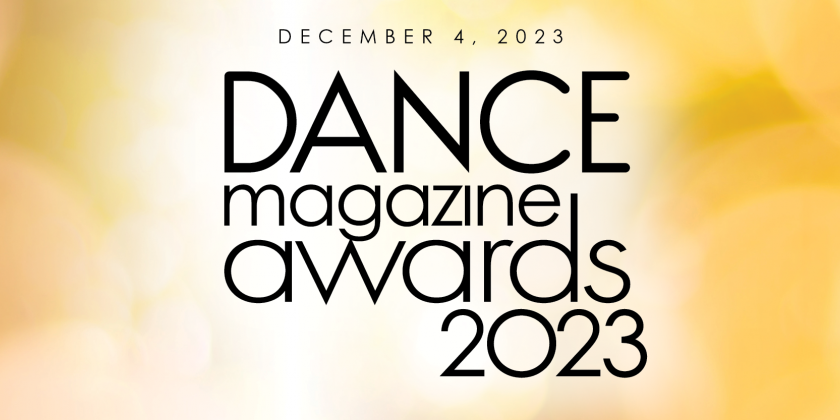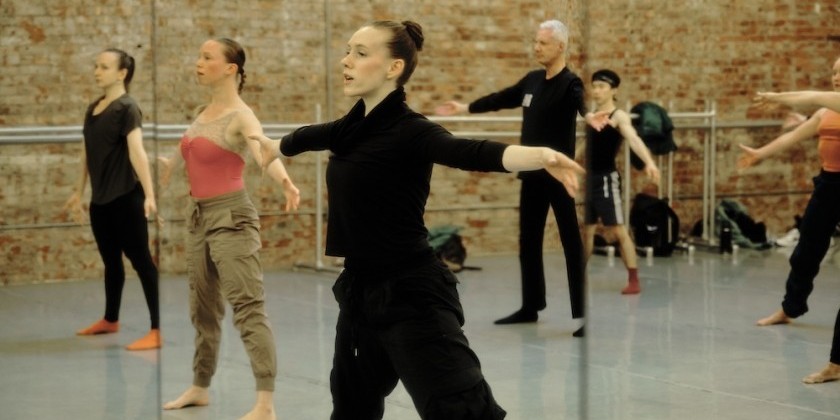THE DANCE ENTHUSIAST ASKS: Baye & Asa's Amadi “Baye” Washington and Sam "Asa” Pratt on The Past, Their Process, and The Future
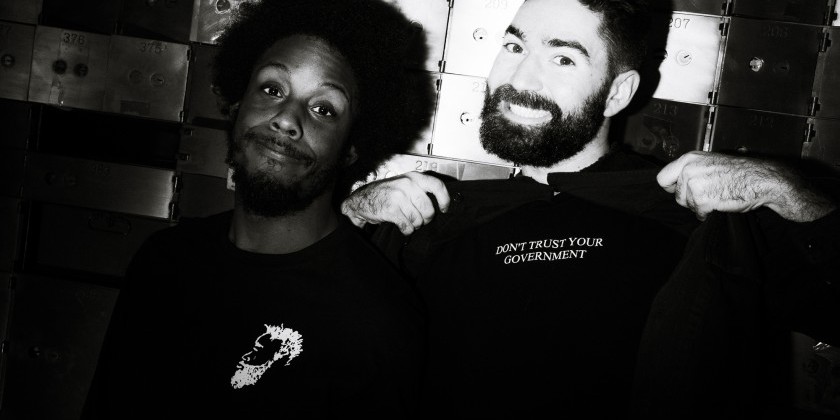
Charly Santagado Gets the Scoop on the Dynamic Duo
Get enthused for Baye and Asa's evening length show happening at Baryshnikov Arts Center in February 2024!
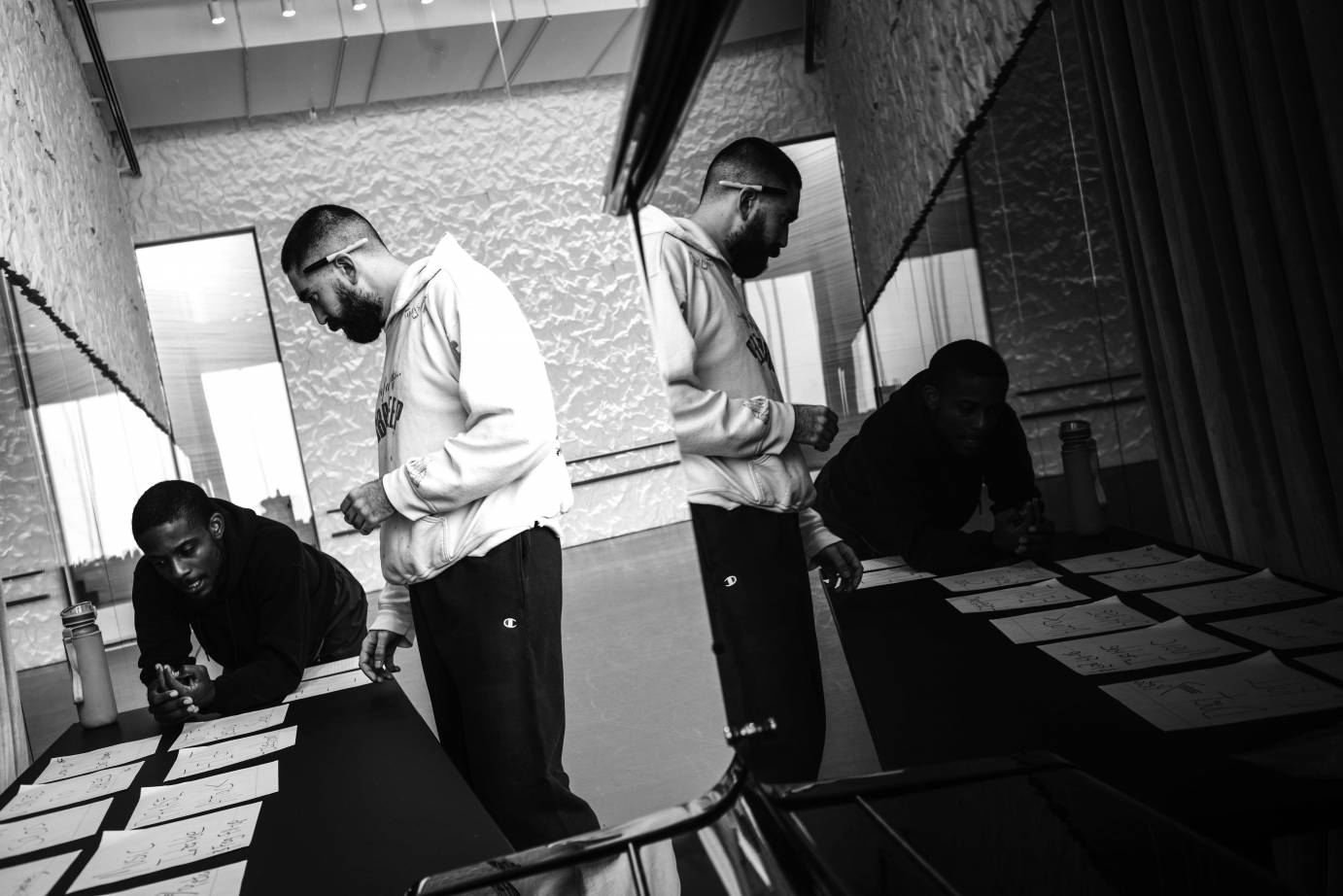
Charly Santagado for The Dance Enthusiast: I understand that you guys are childhood friends. How did you meet? How long have you been creating together and when was Baye & Asa officially formed?
Amadi Washington: We’ve known each other since first grade and went to the same school all the way through high school. We both opted for dance class rather than P.E. in fifth grade, and we were lucky to be in an environment where dance for young boys wasn’t stigmatized at all. Growing up in New York City, we also had opportunities to take open classes outside of school. We found our own interests and went to different colleges, and then started working together about a year after graduation at the American Dance Festival. Our first piece premiered in 2015 and we’ve been working together ever since.
Sam Pratt: It started as an idea for a project rather than a plan to continuously make work together, and the ideas at the heart of one piece took us to the next. Our first piece was a response to D. W. Griffith’s The Birth of a Nation. We were interested not only in responding to this racist, American artifact, but also in silent film’s use of emphatic gesture as its primary storytelling device. What started as a live duet expanded into an evening length work with three other dancers, and finally became a short film, Second Seed, which opened a lot of doors for us.
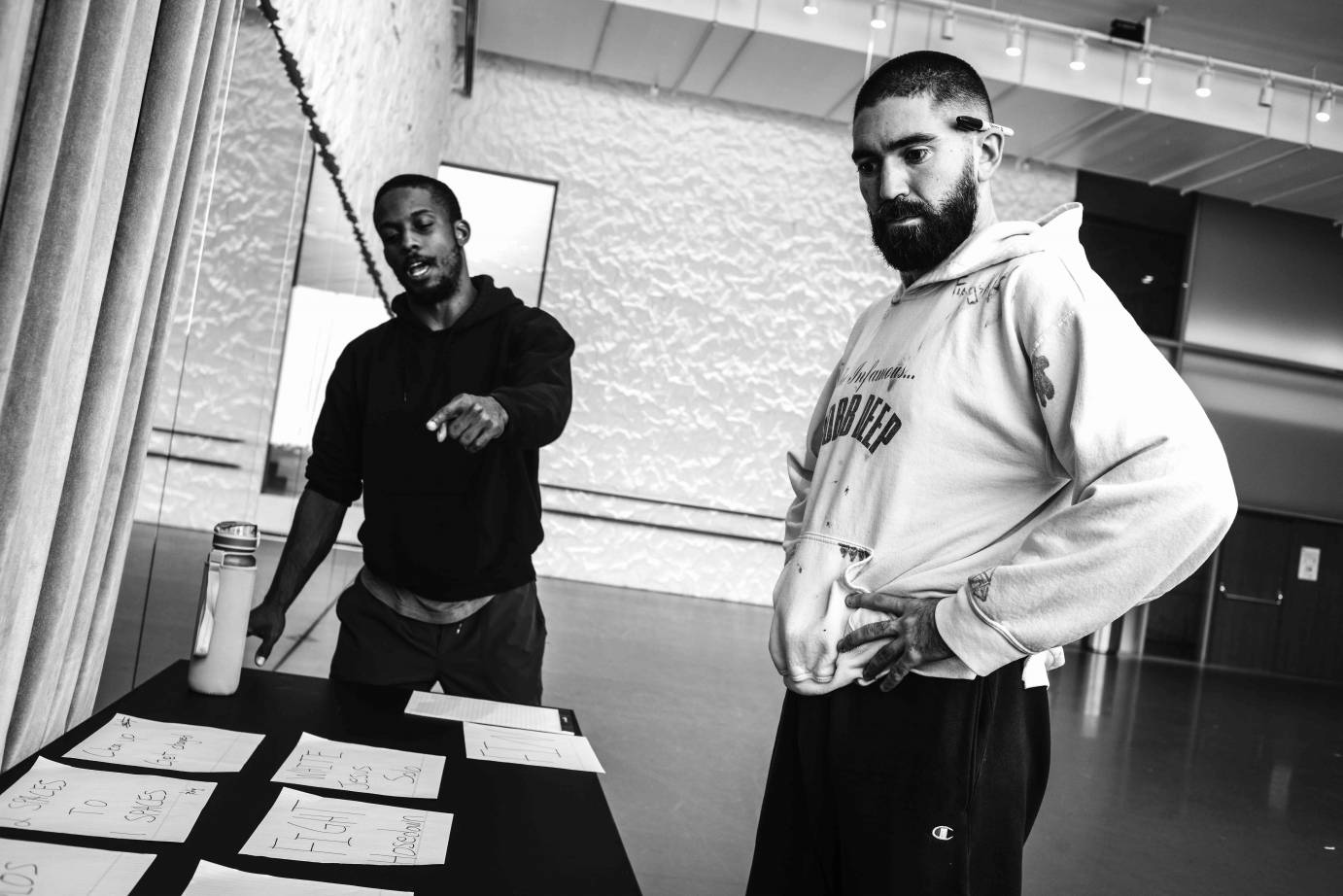
Where have your dance journeys run alongside each other and where have they come apart?
SP: Because neither of us went to conservatory programs, when we graduated we were like, “Oh f-k, we need to get into ballet class.” We went to Zvi (Gotheiner)'s class at City Center four to five times a week for around a year. Being in community with older professionals — doing adagio next to Wendy Wheelan — taught us so much, and was not only helpful in our pursuit of professional contemporary dance jobs, but also brought us back together in an intensive setting.
AW: Our time performing in Sleep No More in NYC did have some overlap, but Sam started first and I stayed a bit longer. Obviously being part of a show like that takes time away from evenings. When Sam first joined he was suddenly really busy and I’ve gone through periods like that as well, including recently as rehearsal director. Sam was apprenticing with Kate Weare at one point and toured with Akram Khan, and a couple summers ago I worked with Gallim for a few months. You know, certain performance opportunities and gigs are important to focus on because they can add something fresh to ourselves as individuals. But there’s never been a time where we’ve had to completely stop making work.
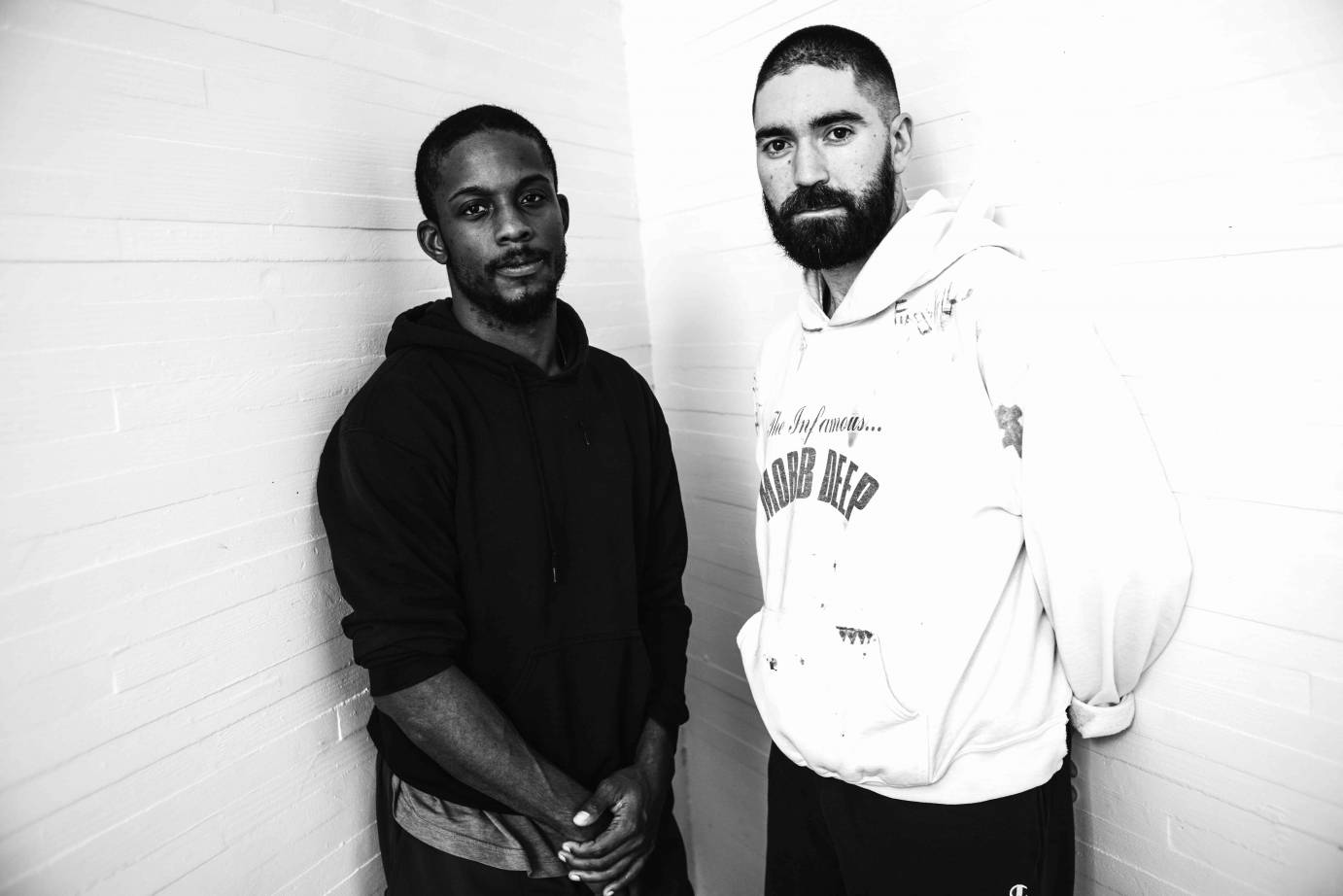
The idea of styles of dance is obviously limited and in certain cases not productive, but I’m also curious. Do you see your work as a fusion of street dance and contemporary dance vernaculars? Can you talk about the movement vocabulary you’ve been developing?
SP: I agree that genre is ultimately limiting, not only in dance but across artistic mediums, and I’m glad people seem to be more and more receptive to that. The biggest thing is our relationship to rhythm. Also to attack and arrival. Our work is definitely informed by our hip hop training, but also by our relationship with the West African dance forms we were introduced to as kids. We take rhythmic approaches from those techniques into our relationship with contemporary dance, which feels different than the contemporary and modern work that’s softer and more momentum based.
AW: Something about African dance that finds its way into our work is the relationship between the feet and the floor. In our classes and workshops, you’ll see us stomping a lot in order to demonstrate things. It’s less about physical impact and more about the idea of going two inches beneath the surface, as opposed to being lifted in classical carriage. We try to disrupt in our movement, using aggressive speed that requires you to get through a series of syncopated rhythms until you hit the end beat. We’re interested in working with music, but also in creating physical rhythms without music to respond to. There’s excitement that comes with being on time, and once you find the musicality, you can embellish within those borders.
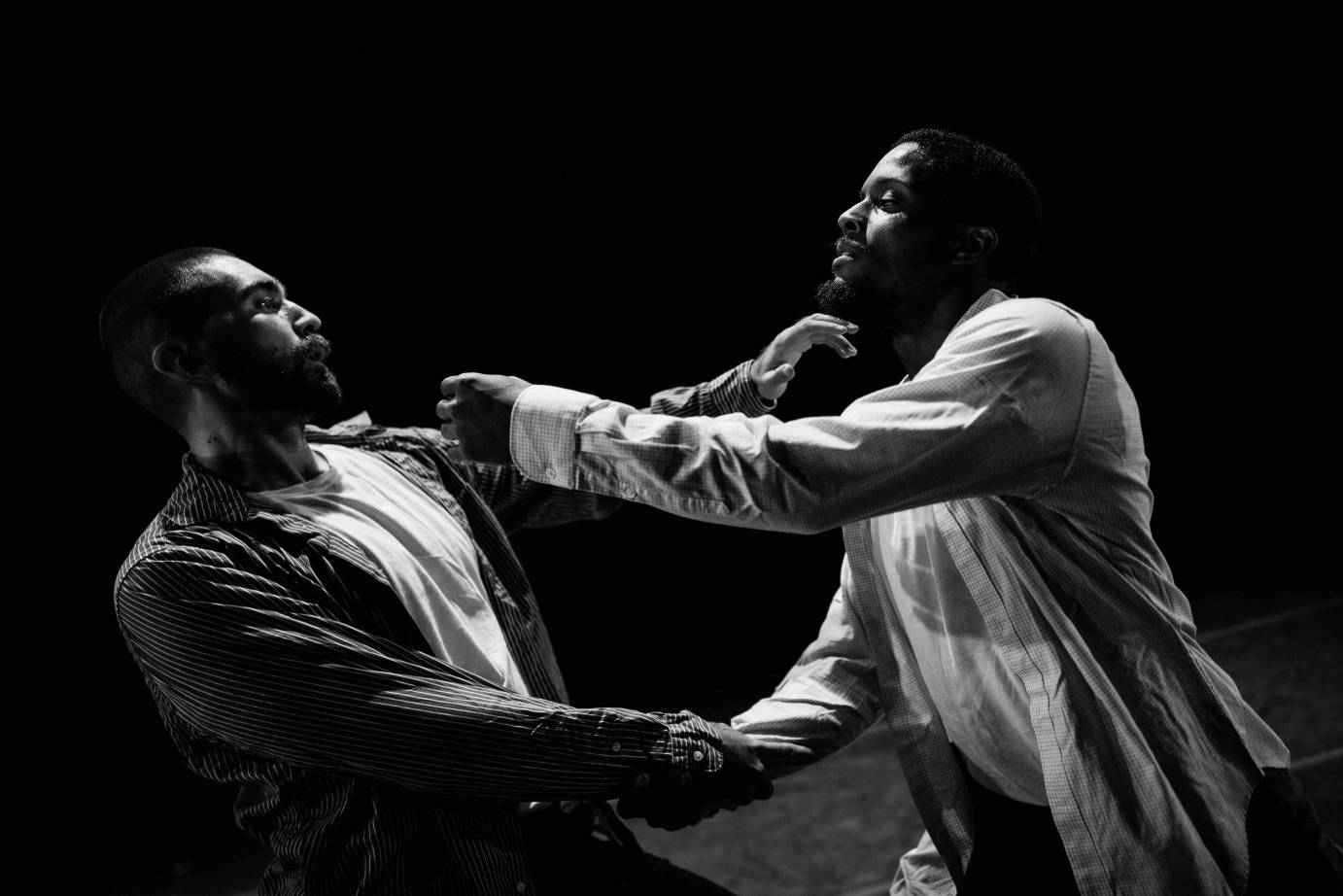
Something I love about your work is that it’s both rigorous and digestible by a wide range of audiences. Can you talk about your use of theatrical elements and recognizable gestures to give even non-dance audiences something to latch onto?
AW: It’s a difficult question to answer because usually when we’re performing pedestrian movement, it’s sped up and hyperbolized. Because we’re often responding to something political, we try to find ways for people to connect through characters that ground the work in a shared sense of humanity. Rather than setting ambiguous goals like “human connection,” we challenge ourselves to create real, concrete experiences for our audiences.
SP: Purely on the movement level, I think there’s accessibility in our vocabulary because it’s fast and technically difficult. We’re going for it, and you can see us going for it. Even a non-dancer can say, “Oh, what they’re doing is hard or requires skill,” which is very different from what a non-dance audience might take from the postmodern tradition. There are lots of things I love and appreciate about that lineage, but it can also be alienating for audiences. In ballet and some forms of contemporary dance, things are meant to look easy all the time, and we’re very much not doing that. Instead, we’re showing our desire and hunger to communicate within the physicality.
Can you talk about your creative process? How do you usually begin and how do you work together choreographically?
AW: We tend to start with some sort of source material. With Suck It Up, commercial advertisements were our entryway into the piece. With HotHouse, there were several overlapping themes related to the pandemic, the mythological white Jesus, and the myth built into society about social safety nets that protect us from bad government, not to mention practical concerns that arose from the set design.
SP: We often think in terms of lighting early on in a process, and when we generate movement together, we work to create a base vocabulary of gesture that feels specific to an idea rather than generating from a place solely driven by personal aesthetic preferences. So far, our opportunities to work with repertory companies haven’t allowed enough time for us to generate much material with the dancers on the spot. With both BODYTRAFFIC and Martha Graham Dance Company, we came in 90% prepared with our concept, movement, imagery, and references. We’re also sensitive to the contemporary dance choreographic practice of coming in and expecting the dancers to generate the movement. Not to condemn that way of working — I’m sure we’ll do it more as we get older and want to see physical things we can no longer do in our bodies — but we want dancers to feel like collaborators. We try to find that sweet spot between the idea of dancers as empty vessels and the “I made this whole f--ing piece” frustration that we’ve both experience.
What was it like to work with Martha Graham Dance Company?
AW: I mean, working with the Graham company was wild. I still can’t believe we had the opportunity to do that. We were so honored and privileged to be in the room with those incredible artists, and to be trusted in that way by the Artistic Director. She really let us do our thing. And the dancers are such hard workers. Our physicality isn’t intuitive to them given the rest of their rep and they dove in with grace and physical courage.
SP: In classical settings like the Graham company, the dancers are ready to go right from the start of the rehearsal process. I think they appreciated our intensity and the rigor that exists in the work. They respect the craft and were able to find ways to relate to our work even though what they do daily is stylistically very different.
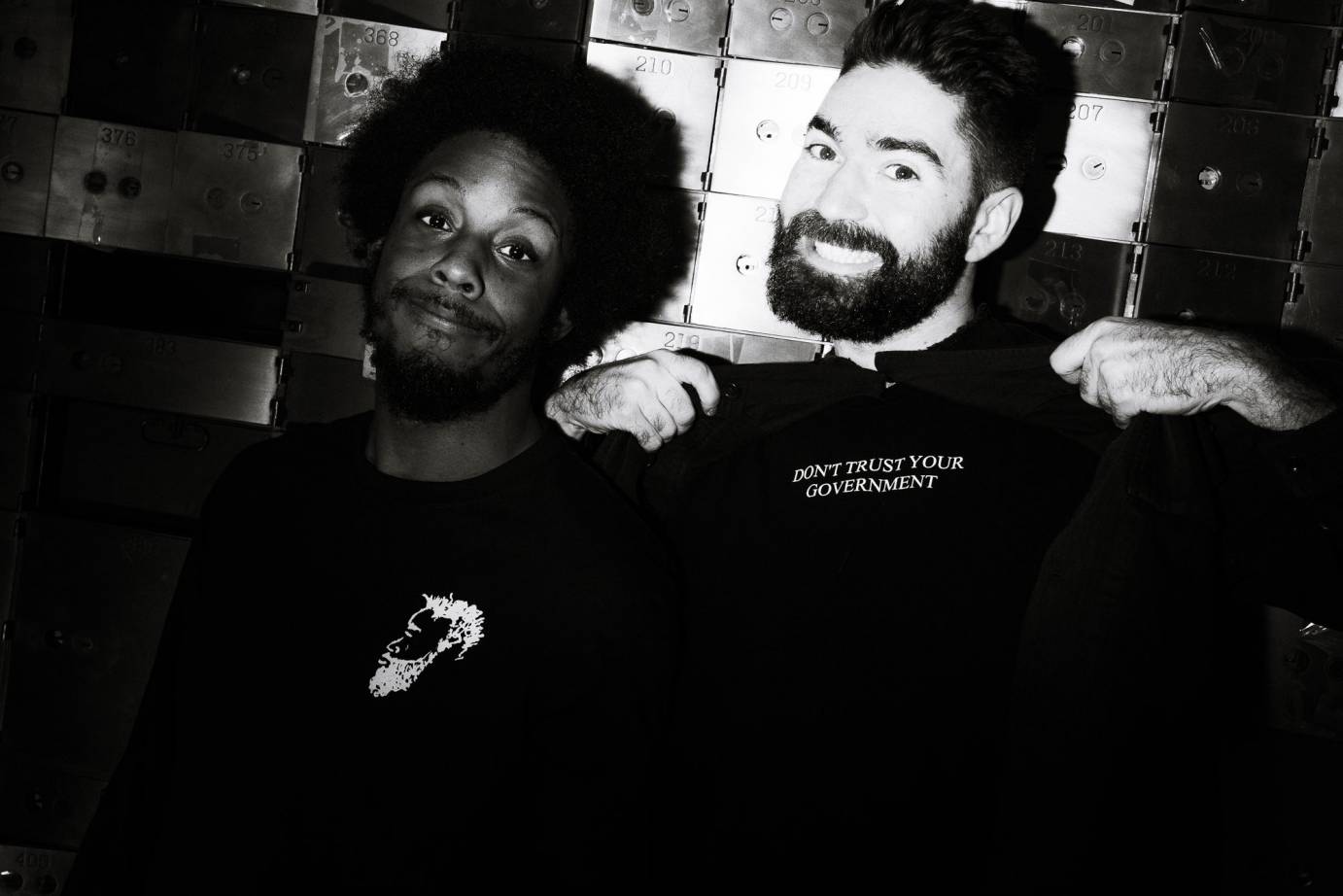
Much of your work addresses social issues like racism, toxic masculinity, and capitalism. How do you see the relationship between dance, the arts, and social justice? Do you think dance occupies a privileged position from which to represent or call attention to certain issues?
SP: From the start, I want to say that we are not activists. We make political work because we’re interested in these things as thinkers and friends. I don’t think I’m going to fix racism in America by making a dance piece, but I do hope my work can be a catalyst for productive dialogues. Dance has this unique power to move beyond the politically didactic thesis an activist might need to narrow toward to get something tangible done, to move legislation or gain political ground. We don’t see that as our role as artists. Instead, we have the freedom to make poetic commentary that relates one idea to a larger systemic trend we see. To relate our own identities to an issue we care about. Art leaves room for that kind of work, and dance leaves an extra layer of room because of the esoteric nature of physicality and its open to an abundance of interpretations. If you want to hone in on one message, dance might not be the best vehicle, but if you want to open up the way one idea can connect to others, dance is a perfect place.
AW: I think the perceived pressure on choreographers today to respond to the political news cycle or create something social justice oriented is partially made up by the dance community. I do think grants have questions that indicate that you should be up to something important, and it shouldn't be important to just you but also to the world and other people. The idea that an artist has to create something other than what they’re interested in is just false. You shouldn’t do something just because it checks off all the boxes. It’s complicated because the field has shifted so much as a result of the pandemic and the George Floyd protests. Every institution is going out of their way to hire a Black female curator or an Asian executive, but a lot of this is nothing more than checking boxes to make sure the institutions look good. We’re lucky that we’re organically interested in political topics, but we also support artists wanting to do something more in the realm of movement for movement’s sake. Maybe as our company infrastructure grows we can do something for a cause, but for now our cause is creating art.
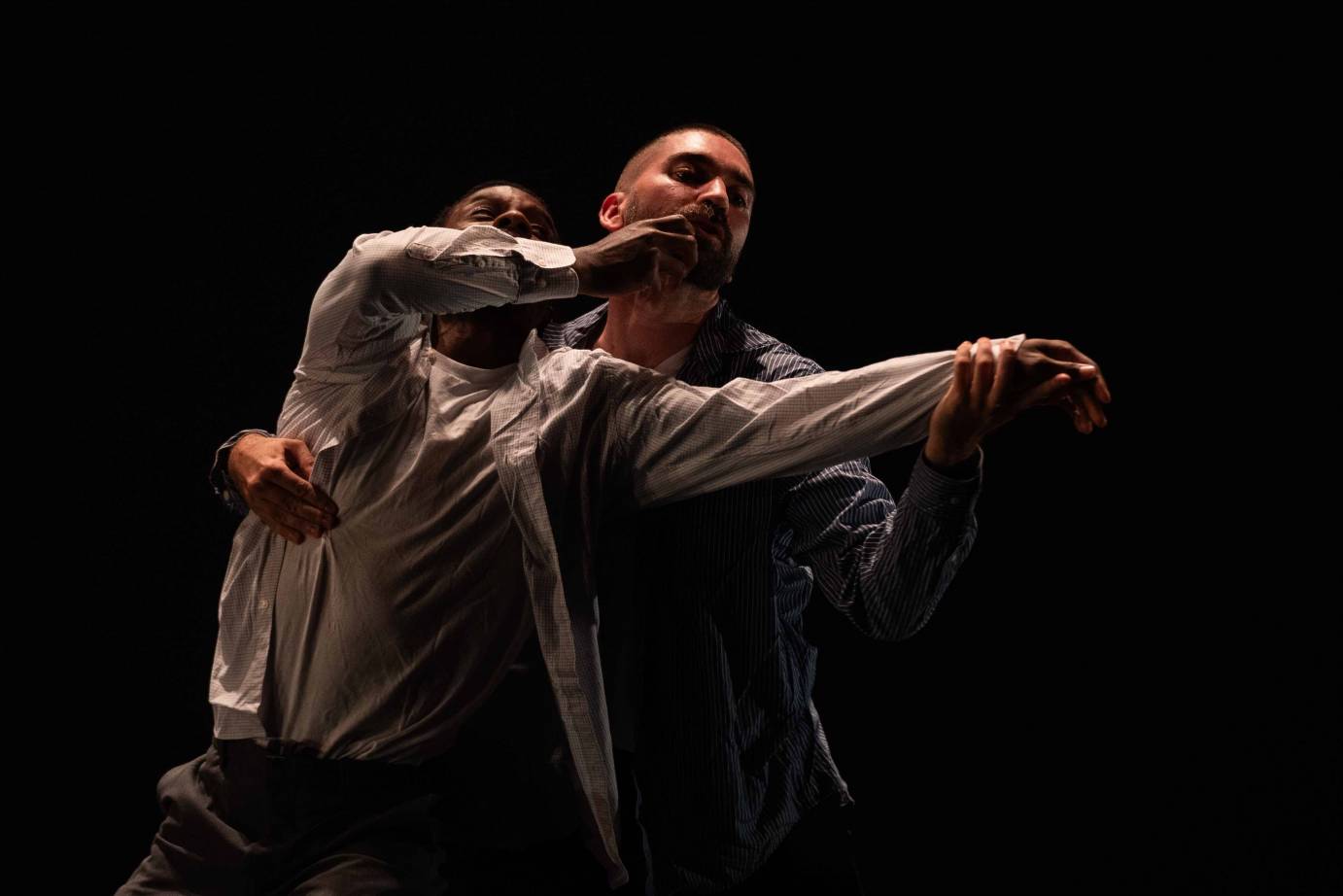
What have been some of the most meaningful pieces you’ve created so far and why?
SP: It’s hard to create a hierarchy of work, but I’m most proud of HotHouse, which premiered at Pioneer Works in mid-January this year. The scale and scope of the ideas we worked with were very much overlapping and nuanced and not all discernible in viewing the piece, yet I still think a breath of something larger than the sum of its parts emerged. When you watch Suck It Up, you get it. Same with Second Seed. You can put a pin in what it’s about. But HotHouse was able to have the impact we want to see from our work without being able to be pinned down in the same sort of way.
What’s next for Baye & Asa?
SP: We’re so incredibly honored by the opportunities we’re being given right now in what feels like such a short amount of time coming out of the pandemic. And we’re happy to have each other. There are a bunch of things we can't talk about yet, but we’ll be premiering an evening length piece at Baryshnikov Arts Center in Spring 2024.





